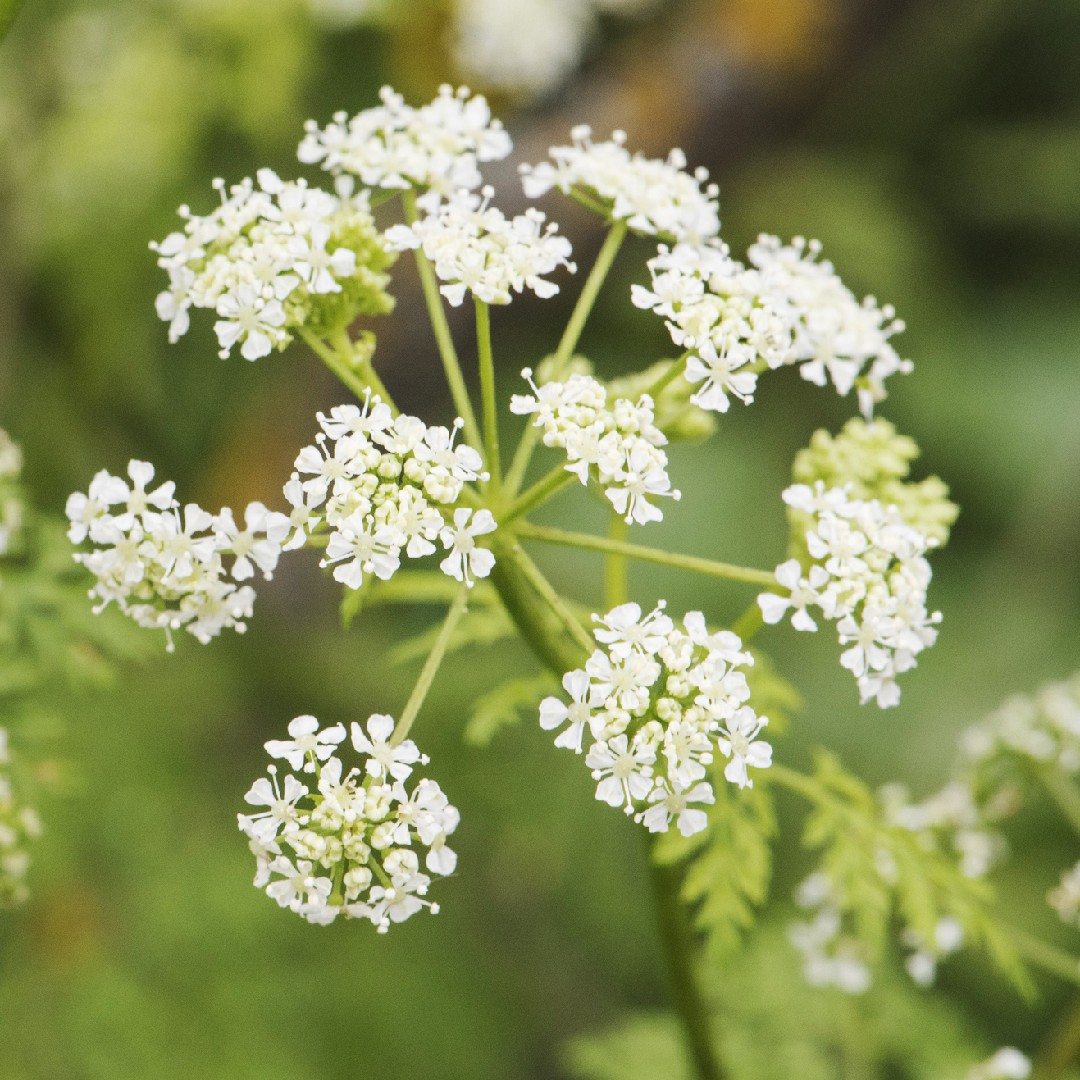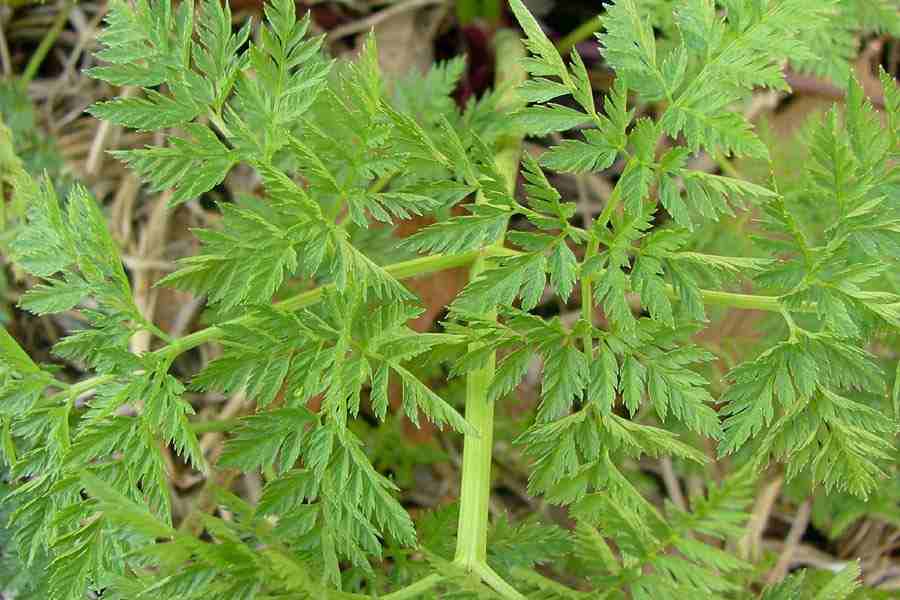Hemlock Weed: The Dangerously Beautiful Plant That Can Kill
Hemlock weed is a poisonous plant that can be found in many parts of the world. It is known for its tall, white flowers and its fern-like leaves. However, its beauty is deceptive, as hemlock weed is one of the most poisonous plants in existence.
What is hemlock weed?
Hemlock weed (Conium maculatum) is a member of the Apiaceae family, which also includes carrots, celery, and parsley. It is a tall, herbaceous plant that can grow up to 8 feet tall. The leaves are fern-like and arranged in a whorl of 3-6 leaves. The flowers are small and white, and they bloom in clusters.
Where does hemlock weed grow?
Hemlock weed is native to Europe and Asia, but it has been introduced to other parts of the world, including North America, South America, and Australia. It can be found in a variety of habitats, including roadsides, meadows, and forests.
How poisonous is hemlock weed?
Hemlock weed is one of the most poisonous plants in existence. All parts of the plant are poisonous, but the roots and seeds are the most toxic. The toxins in hemlock weed are called alkaloids, and they can cause a variety of symptoms, including:
- Sweating
- Vomiting
- Dilated pupils
- Restlessness or confusion
- Muscle paralysis
- Seizures
- Coma
- Death
How to identify hemlock weed?
Hemlock weed can be easily identified by its tall, white flowers and its fern-like leaves. However, it is important to note that hemlock weed can look similar to other, harmless plants, such as wild carrot and Queen Anne's lace. If you are not sure whether a plant is hemlock weed, it is best to err on the side of caution and avoid it.
What to do if you think you have been poisoned by hemlock weed?
If you think you have been poisoned by hemlock weed, it is important to seek medical attention immediately. There is no antidote for hemlock poisoning, but early treatment with activated charcoal and supportive care can increase the chances of survival.
How to prevent hemlock poisoning?
The best way to prevent hemlock poisoning is to be aware of the plant and to avoid it. If you have hemlock weed growing in your yard, it is important to remove it carefully. Wear gloves and long sleeves when handling hemlock weed, and do not let children or pets near it.
Conclusion
Hemlock weed is a dangerous plant that can be found in many parts of the world. It is important to be aware of the plant and to avoid it. If you think you have been poisoned by hemlock weed, it is important to seek medical attention immediately.
Hemlock weed, also known as poison hemlock, is a highly poisonous plant that can be found in many parts of the world. It is a biennial plant, meaning that it grows for two years. In its first year, it forms a rosette of leaves at the base of the plant. In its second year, it grows a tall, hollow stem that can reach up to 12 feet tall. The stem is topped with a cluster of small white flowers.
All parts of the hemlock weed plant are poisonous, including the leaves, stems, flowers, and seeds. The poison in hemlock weed is a chemical called coniine, which can cause a variety of symptoms, including nausea, vomiting, dizziness, seizures, and respiratory failure. In severe cases, hemlock poisoning can be fatal.
If you think you may have ingested hemlock weed, it is important to seek medical attention immediately. There is no specific antidote for hemlock poisoning, but treatment may include activated charcoal, gastric lavage, and supportive care.
To learn more about hemlock weed, please visit the website Garden Wiki. This website provides detailed information about the plant, including its appearance, toxicity, and treatment for poisoning.
FAQ of hemlock weed
- What is hemlock weed?
Hemlock weed, also known as poison hemlock, is a highly poisonous plant that is native to Europe and Asia. It has been introduced to North America and can be found in many parts of the continent. Hemlock weed is a tall, slender plant with fern-like leaves and white flowers. It can grow up to 6 feet tall.
- How can hemlock weed be identified?
Hemlock weed can be identified by its characteristic appearance. The leaves are fern-like and have a distinctive smooth edge. The flowers are white and arranged in clusters. Hemlock weed can also be identified by its strong, unpleasant odor.
- How poisonous is hemlock weed?
Hemlock weed is extremely poisonous. Even small amounts of the plant can be fatal. The toxins in hemlock weed attack the nervous system, causing symptoms such as nausea, vomiting, diarrhea, headache, seizures, and coma. In severe cases, hemlock poisoning can lead to death.
- What should I do if I think I have been poisoned by hemlock weed?
If you think you have been poisoned by hemlock weed, it is important to seek medical attention immediately. There is no specific antidote for hemlock poisoning, but treatment may include activated charcoal, gastric lavage, and supportive care.
- How can I prevent hemlock weed poisoning?
The best way to prevent hemlock weed poisoning is to avoid contact with the plant. If you see hemlock weed growing in an area, do not touch it. Keep children and pets away from the plant. If you are gardening, be sure to wear gloves and long sleeves when handling plants that could be hemlock weed.
Image of hemlock weed
5 different images of hemlock weed from Pinterest:
- Hemlock weed plant. This image shows a hemlock weed plant in full bloom. The plant has tall, slender stems with white flowers that have a purple tint. The leaves are dark green and have a fern-like appearance.
- Hemlock weed flower close-up. This image shows a close-up of a hemlock weed flower. The flower has four white petals with a purple center. The petals are slightly curled and have a delicate appearance.

- Hemlock weed leaves close-up. This image shows a close-up of hemlock weed leaves. The leaves are dark green and have a fern-like appearance. The edges of the leaves are slightly serrated.

- Hemlock weed growing in a field. This image shows a hemlock weed plant growing in a field. The plant is surrounded by tall grasses and wildflowers. The plant is in full bloom and the white flowers are in stark contrast to the green leaves and brown grasses.

- Hemlock weed seed heads. This image shows the seed heads of a hemlock weed plant. The seed heads are brown and have a spiky appearance. The seed heads are surrounded by the remains of the plant's leaves and flowers.


Post a Comment for "Hemlock Weed: The Dangerously Beautiful Plant That Can Kill"